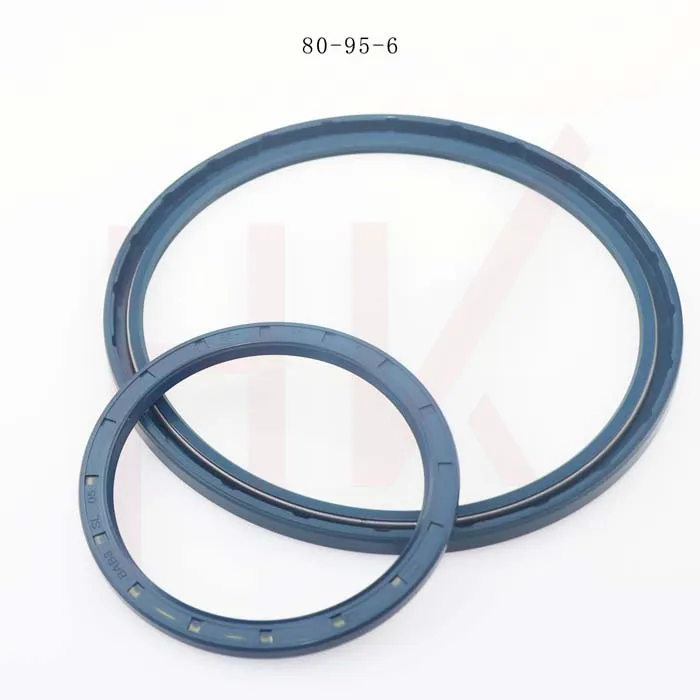Aug . 01, 2024 00:51 Back to list
Complete Hydraulic Cylinder Rebuild Kit for Engine Hoists and Lifting Equipment Maintenance and Repair
Rebuilding Hydraulic Cylinders A Focus on Engine Hoist Hydraulic Cylinder Rebuild Kits
When it comes to lifting heavy engines, the engine hoist is an indispensable tool in any mechanic’s repertoire. Engine hoists utilize hydraulic cylinders to lift, lower, and maneuver heavy loads with precision. Over time, these hydraulic cylinders can wear down due to constant usage, leading to reduced efficiency and potential safety hazards. This is where engine hoist hydraulic cylinder rebuild kits come into play.
Hydraulic cylinders operate on the principle of fluid pressure to create force. They consist of a cylinder barrel, a piston, and various seals and fittings. With repeated movements and exposure to hydraulic fluid, the seals can degrade, leading to leaks and diminished lifting capacity. When such issues arise, rather than replacing the entire hoist, which can be costly, a rebuild kit can restore the hydraulic cylinder to its original functionality.
Understanding Hydraulic Cylinder Rebuild Kits
An engine hoist hydraulic cylinder rebuild kit typically contains all the necessary components to restore the cylinder's performance. This often includes
1. Seals and O-rings Essential for preventing hydraulic fluid leaks, these parts can wear over time, causing the cylinder to lose pressure and efficiency. 2. Piston Rings These ensure a tight seal between the piston and the cylinder wall, helping to maintain pressure during the lifting process. 3. Dust Wipers Positioned at the outer end of the cylinder, they prevent dirt and debris from entering the system, which can cause corrosion and affect performance. 4. Bushings and Rod Bearings These components help with the smooth operation of the piston inside the cylinder, minimizing friction and wear.
Before starting the rebuilding process, it’s crucial to diagnose the issue accurately
. If there’s a noticeable loss of lifting power, visible leaks, or difficulty in operation, it’s a sign that a rebuild is necessary.engine hoist hydraulic cylinder rebuild kit

The Rebuilding Process
Rebuilding a hydraulic cylinder is a complex but rewarding task. Here's a simplified overview of the process
1. Disassembly Carefully remove the hydraulic cylinder from the hoist. Document the order of disassembly, and inspect all components for wear. 2. Cleaning Thoroughly clean all parts to remove old hydraulic fluid, dirt, and debris. This ensures that new seals adhere properly and that there’s no contamination. 3. Component Replacement Replace all worn components with those from the rebuild kit. Pay attention to the orientation of seals and rings; correct installation is crucial for functionality. 4. Reassembly Reassemble the hydraulic cylinder, ensuring that all components fit snugly and that the hydraulic lines are reconnected correctly. 5. Testing After reassembly, test the hydraulic cylinder with a small load to ensure it operates smoothly and without leaks before returning it to full use.
Benefits of Using a Rebuild Kit
Using an engine hoist hydraulic cylinder rebuild kit comes with several advantages. Firstly, it is a cost-effective solution compared to purchasing a new hydraulic cylinder or hoist. Additionally, it minimizes downtime in the workshop, as the rebuild can often be completed in a matter of hours. Finally, rebuilding allows mechanics to understand their equipment better, leading to improved maintenance practices in the future.
Conclusion
The health of an engine hoist relies heavily on the functionality of its hydraulic cylinders. Regular maintenance and timely rebuilding using high-quality hydraulic cylinder rebuild kits can extend the life of this essential equipment and ensure safety in the workshop. By understanding the components involved and the rebuild process, mechanics can maintain their hoists in optimum condition, ensuring they are always ready for the next big job.
-
TCN Oil Seal Metal Ring Reinforcement for Heavy Machinery
NewsJul.25,2025
-
Rotary Lip Seal Spring-Loaded Design for High-Speed Applications
NewsJul.25,2025
-
Hydraulic Cylinder Seals Polyurethane Material for High-Impact Jobs
NewsJul.25,2025
-
High Pressure Oil Seal Polyurethane Coating Wear Resistance
NewsJul.25,2025
-
Dust Proof Seal Double Lip Design for Construction Equipment
NewsJul.25,2025
-
Hub Seal Polyurethane Wear Resistance in Agricultural Vehicles
NewsJul.25,2025
-
The Trans-formative Journey of Wheel Hub Oil Seals
NewsJun.06,2025
Products categories
















